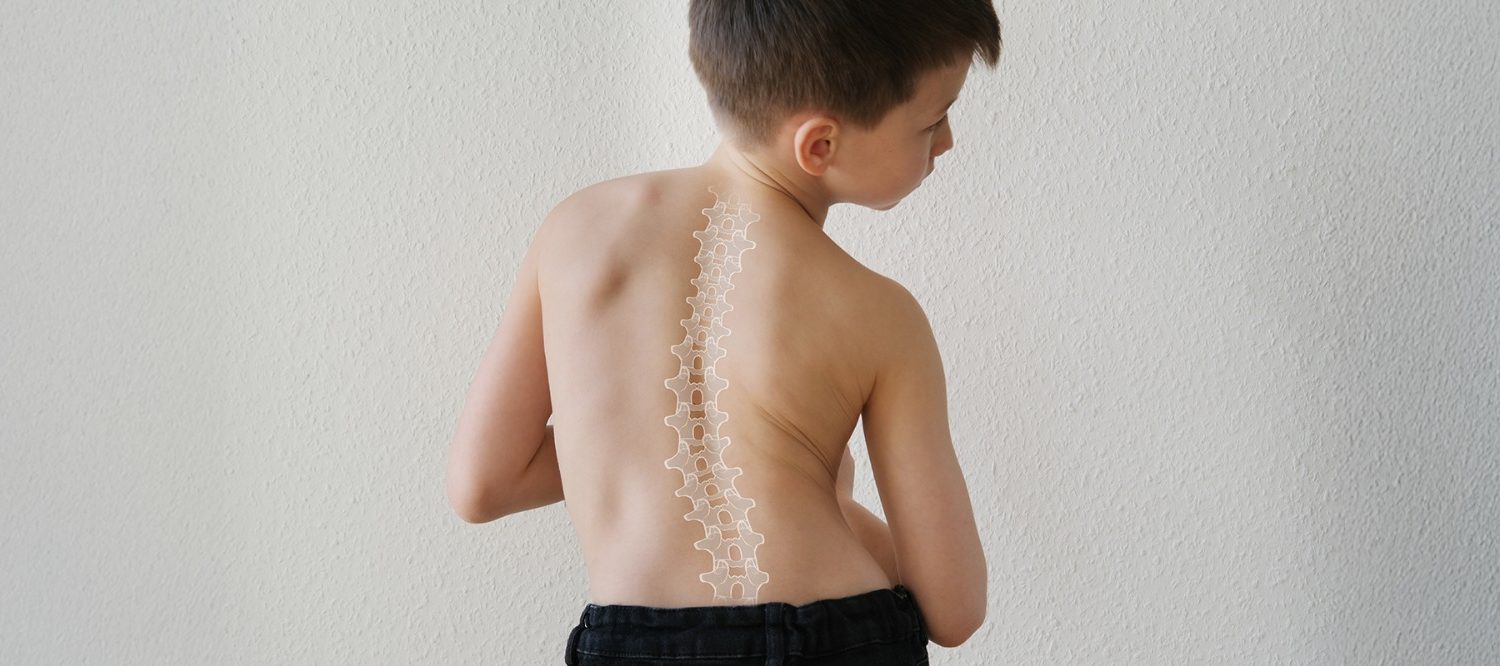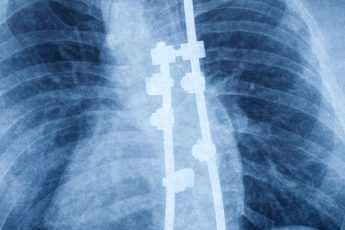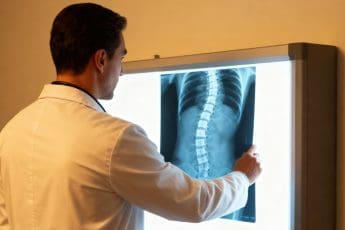
Why Mild Scoliosis Should Not Be Overlooked
Mild scoliosis is less noticeable initially. Because it is usually painless and does not have extreme physical manifestations, most individuals think that it does not deserve attention. However, knowing why mild scoliosis needs to be paid attention to is important for long-term spinal health and overall fitness. Mild cases may occur over time or cause slight discomforts that alter activities of daily living.
At Adam Vital Hospital, we practice early diagnosis, good monitoring, and well-informed care for mild scoliosis. Here we explain what mild scoliosis is, why it occurs, and why attention to even the slightest curvature of the spine is necessary.
What is Mild Scoliosis?
Scoliosis is a medical condition where the spine takes an abnormal curvature to one side and assumes an “S” or “C” shape. Between 10 and 25 degrees of curvature is mild scoliosis. Most of the time, it is found during normal health check-ups, especially in children and adolescents.
While the curve is not dramatic, it still suggests that the spine is not ideally straight. This can affect posture, balance of the muscles, and ultimately, other bodily functions if left unchecked or untreated.
Causes of Mild Scoliosis
Mild scoliosis can occur because of many different causes, and the cause helps in identifying the kind of management approach that needs to be followed.
The most common form is idiopathic scoliosis, especially among adolescents. This form has no known cause but is hereditary, which reflects a genetic association. Others include:
Congenital scoliosis – due to a birth defect of the spine
Neuromuscular scoliosis – due to muscle or neurological disease like cerebral palsy
Degenerative scoliosis – found more in adults as a result of spinal changes with age.
In most cases of mild conditions, the patient may not even experience pain or see any visible deformity. However, once the underlying cause is known, it might help in formulating an effective care plan.
Why Mild Scoliosis Must Not Be Neglected
You might wonder, “If it’s mild and painless, why worry about it?” The reason lies in the manner the spinal alignment affects the whole body.
Mild scoliosis can have an impact on posture, muscular balance, and even breathing in the long term. When a section of the spine curves, the rest of the body will compensate, and this can have the following impacts:
- Invisible back pain or fatigue
- Asymmetrical hips or shoulders
- Reduced flexibility or body functioning
- Poor posture that gets worse with time
Mild scoliosis in young children and teenagers has the possibility of worsening. A check-up should be done from time to time to find out whether the angle of the curve is becoming worse.
In adults, mild scoliosis can become apparent due to degenerative changes of the spine that may result in stiffness, pain in the back, or compressive symptoms.
Signs of Mild Scoliosis
Since mild scoliosis is not always noticeable or painful, it is helpful to detect early signs, such as:
- Shoulder a notch higher than the other
- Waist appearing uneven
- Ribs sticking out slightly on one side when leaning forward.
- Clothing not sitting evenly.
- Back hurts mildly after sitting or standing for long periods.
While these signs are not necessarily alarming, a visit with a spine expert can be comforting and relieving.
How Mild Scoliosis Is Diagnosed
Diagnosis starts with a physical examination and a review of symptoms. If scoliosis is suspected, an X-ray is performed to take a measurement of the angle of curvature.
At Adam Vital Hospital, our experts utilize advanced diagnostic technology and imaging to accurately assess the condition. Determining the level and classification of scoliosis early on allows us to plan a strategy to ensure long-term comfort and spinal health.
Means of Treating Mild Scoliosis
The silver lining is that mild scoliosis typically doesn’t require surgery. Observation, physical therapy, and encouraging spinal health by adapting to lifestyle changes are the top priorities.
A few non-surgical interventions that help manage mild scoliosis include:
Physiotherapy: Abdominal strengthening, posture improves, and the muscles that encircle the spine become balanced
Bracing: In kids who are still growing, a brace can be worn to prevent further growth of the curve.
Monitoring on a regular basis: Monitoring the curve from time to time will make sure that it doesn’t vary.
Activity and exercise: Encouraging activities like swimming, yoga, or supervised stretching may help in maintaining spinal alignment
At Adam Vital Hospital, our orthopedic physicians, physiotherapists, and spine specialists work together as a multidisciplinary team to create customized care plans that address unique needs.
Living Well With Mild Scoliosis
A diagnosis of mild scoliosis is not equivalent to having to live in pain or limitation. Proper support and knowledge enable individuals to live active, healthy lives. Frequent checkups, proper posture techniques, and exercise can significantly improve the health of the spine.
Parents must watch their child’s posture as growth occurs, especially growth spurts. Early detection assures timely treatment and better outcomes. Adults need to get doctors involved in unexplained pain, stiffness, or changes in posture as well.
Final Thoughts
While mild scoliosis may appear insignificant at first glance, the right care ensures long-term spinal wellness. Knowing the signs, educating oneself about the condition, and consulting experienced healthcare professionals can be a big difference-maker.
At the Scoliosis Center of Excellence at Adam Vital Hospital, we work to provide empathetic, accurate spine care with skill. Our specialists are here to guide you through each step of scoliosis treatment—ensuring your spine remains strong and support for the road ahead.



